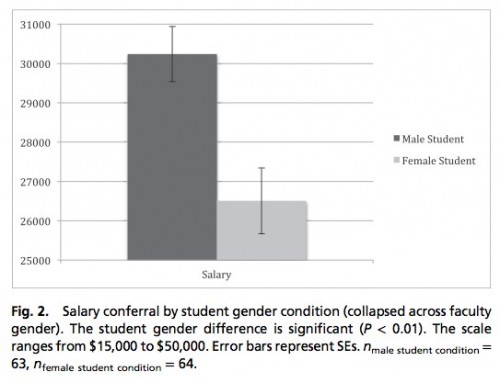Yesterday two juvenile men were convicted of rape, one was convicted of distributing a nude photo of a minor (NPR). The response by a segment of society reflects rape culture: “an environment in which rape is prevalent and in which sexual violence against women is normalized and excused in the media and popular culture” (source). Below are a series of concrete examples. Trigger warning for rape apologists and victim blaming.
CNN coverage of the verdict spends six minutes on how sad the conviction is for the rapists:
It was incredibly emotional… to watch what happened as these two young men that had such promising futures, star football players, very good students, literally watched as, as they believed their life fell apart.
A selection of tweets collected by Public Shaming:
A selection of tweets collected by Mommyish:
A selection of tweets collected by Persephone Magazine:
Tweets collected by The Inquisitr:
Great coverage from around the web:
- Elizabeth Plank at PolicyMic: Why Does CNN Think Watching Rapists Get Convicted is “Difficult to Watch”
- Mia McKenzie at Black Girl Dangerous: On Rape, Cages, and the Steubenville Verdict
- Laurie Penny at the New Statesman: This is Rape Culture’s Abu Ghraib Moment
- Anisha Ahuja at Feminspire: Why Does America Pretend It Doesn’t Hate Women?
- Doug Barry at Jezebel: The Egregious, Awful and Downright Wrong Reactions to the Steubenville Rape Trial Verdict
- Ann Theriault at The Bell Jar: I Am Not Your Wife, Sister, or Daughter. I Am a Person.
- Alyx Andra at Radical Notions: “They didn’t get caught because when they raped her there was an audience; they raped her because there was an audience.”
- Amanda Marcotte at Slate: Why Did Two Girls Threaten the Steubenville Victim?
- Thomas Millar at YesMeansYes: Humiliation was the Point of the Exercise
Finally, a satire from The Onion, from two years ago: College Basketball Star Heroically Overcomes Tragic Rape He Committed
Lisa Wade, PhD is an Associate Professor at Tulane University. She is the author of American Hookup, a book about college sexual culture; a textbook about gender; and a forthcoming introductory text: Terrible Magnificent Sociology. You can follow her on Twitter and Instagram.























